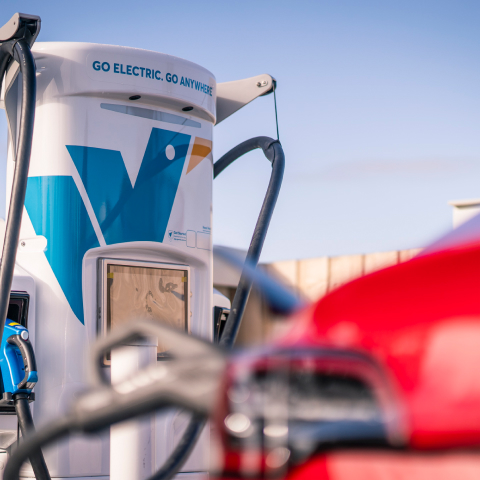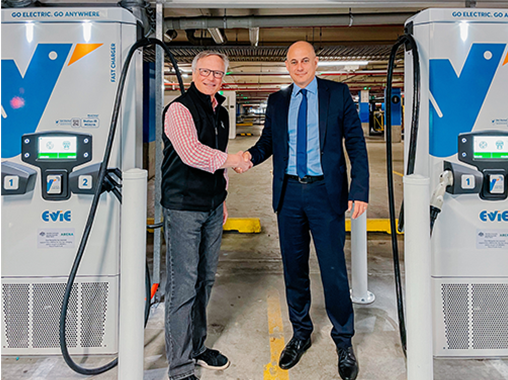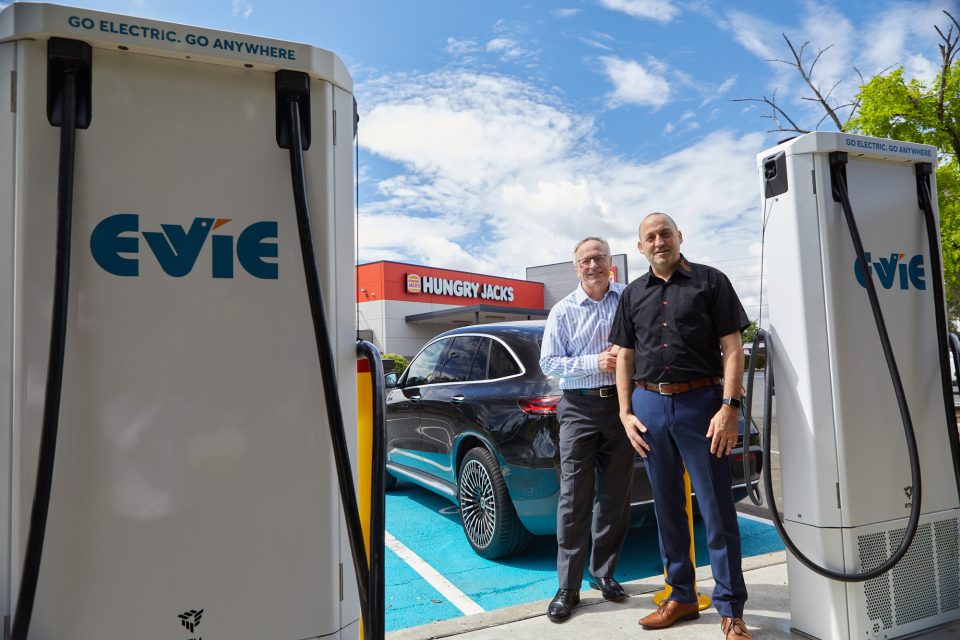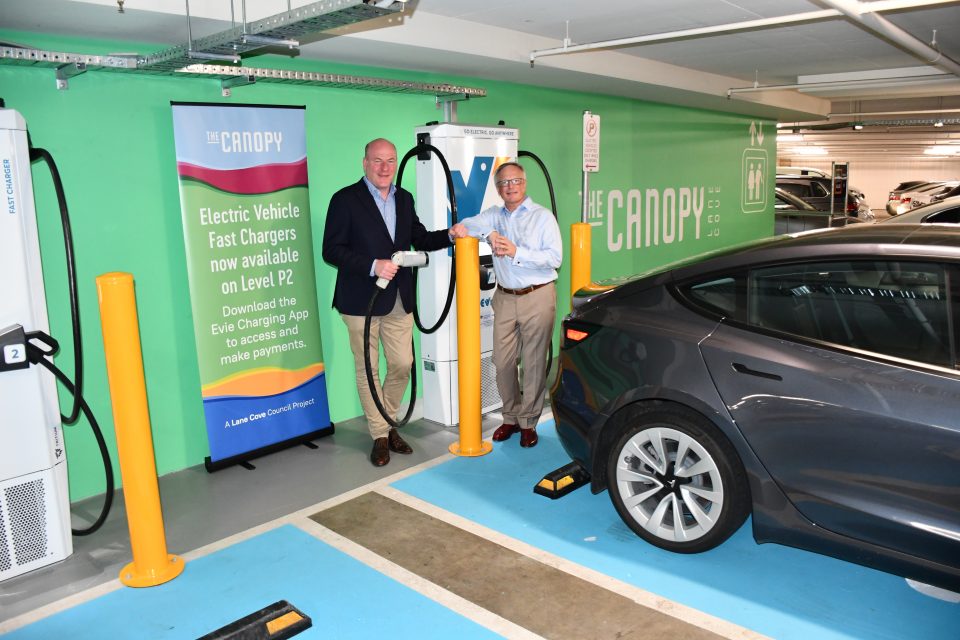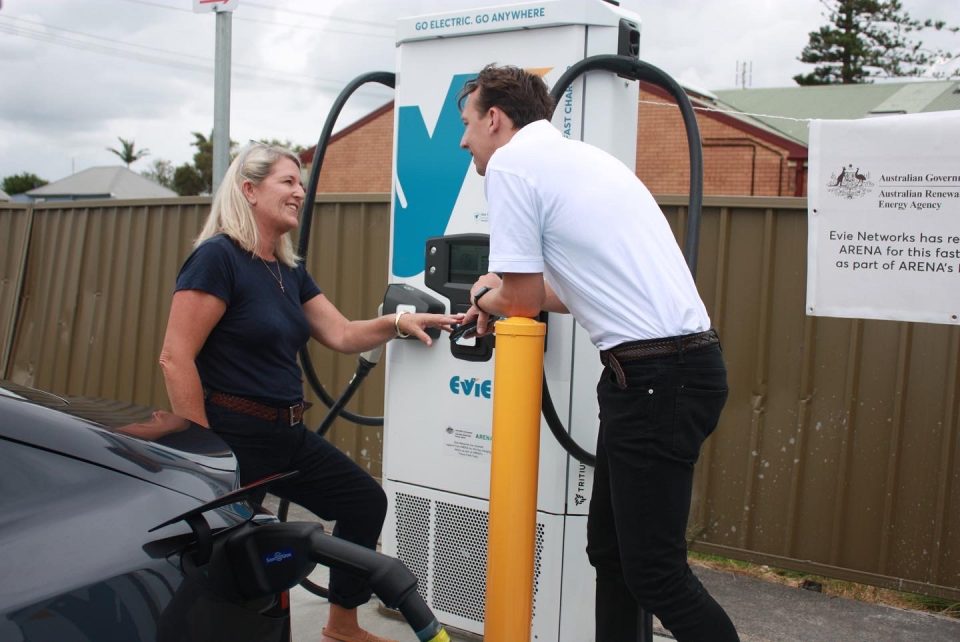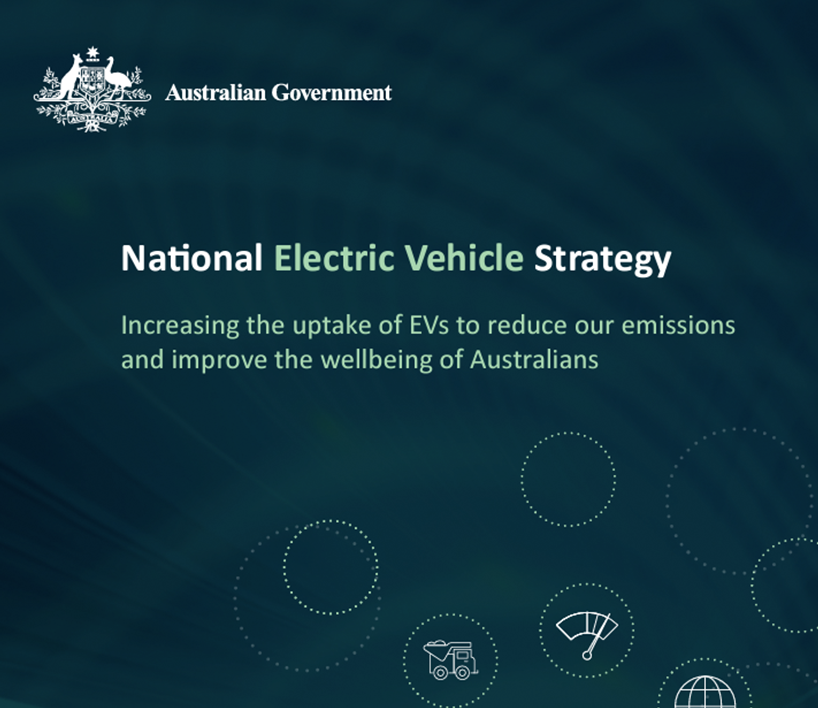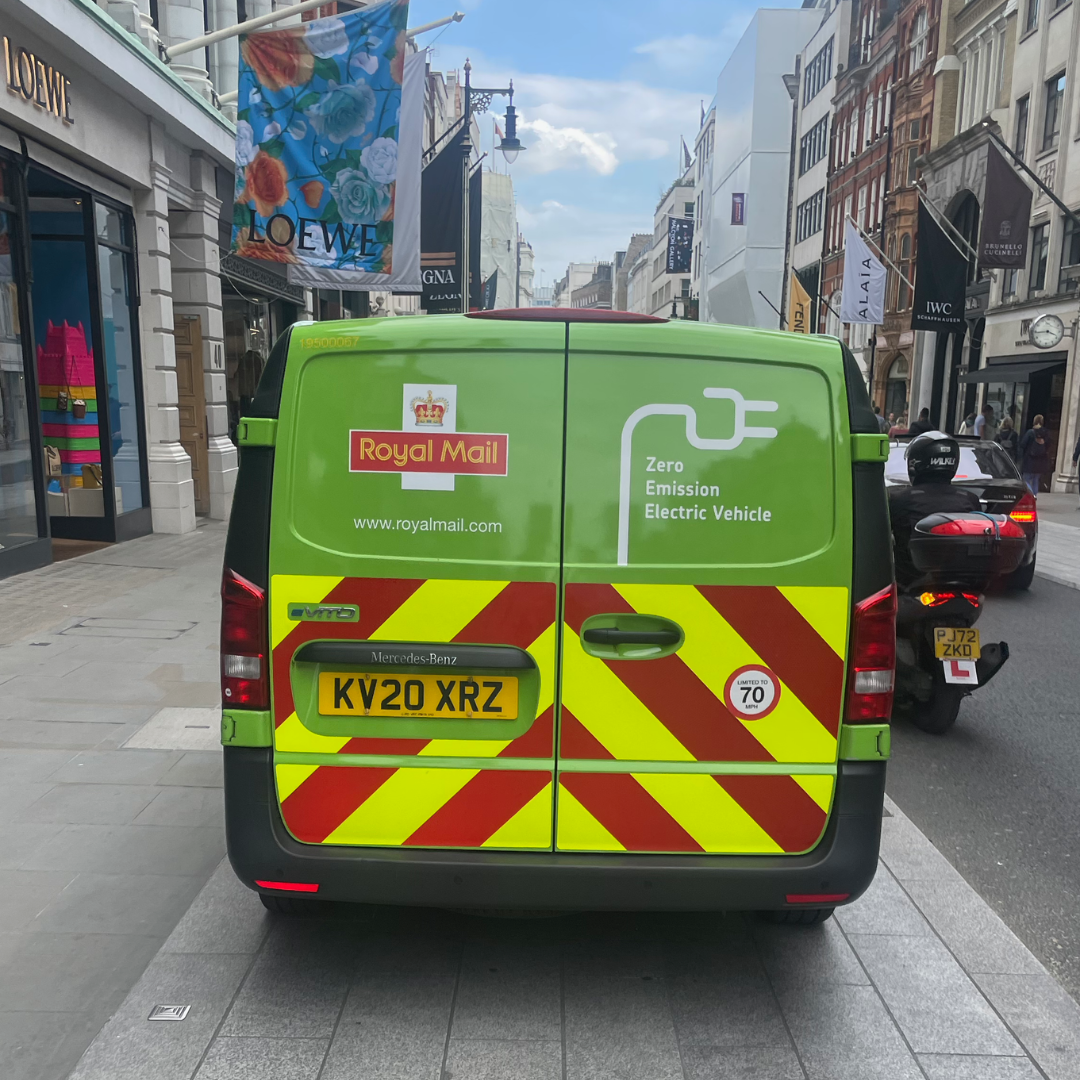
Australia is often referred to as the “lucky country,” and in many respects, it is. When it comes to the electric vehicle (EV) landscape…well that’s an interesting one. One could argue both sides of the term “luck”. On one hand, being late to the party means we’ve missed out on the economic and environmental benefits of electric mobility, but on the other hand, it also means that we’ve been able to observe and learn from both the best and worst of other marketings, allowing us to do eMobility better than those who started before us.
I’ve had the privilege of travelling to Europe twice in the past year, meeting partners and peers in our industry, and incorporating these valuable insights into Evie’s master plan.
So, what can we learn from Europe’s electric vehicle landscape?
Getting the basics right is fundamental
One lesson stands out loud and clear: Availability and reliability are the top priorities for EV drivers. This comes as no surprise, as being able to choose an EV means being able to rely on the infrastructure that supports it. Unfortunately, too many charging stations in Europe are broken and neglected. For those investing in charging infrastructure, the first question should always be, “How will you support and maintain those chargers?”
DC fast chargers, especially, are complex pieces of new technology that require ongoing maintenance and support to deliver the high levels of reliability drivers expect. This requires both network scale and site size to be cost-effective. Unsurprisingly, the most reliable networks are the largest ones that own their sites and chargers. The networks where you can identify who is accountable for maintaining uptime.
The Messy Charging Ecosystem
The second thing you learn when you travel around Europe is the chaotic state of the charging ecosystem. With over 900 charging networks, each with its own unique way of transacting (often via individual apps), it presents a tangled web for EV drivers. The proliferation of networks has led to a proliferation of aggregation providers, adding another layer of apps and RFID cards that allow you to access multiple networks through one interface. This may seem like nirvana to many, however, there is still a great deal of uncertainty. Drivers are left wondering whether their roaming provider works with the charger they’re heading to, the information is often patchy, and accessing a charger can sometimes feel like a puzzle. What’s even more perplexing, is these roaming providers often impose additional costs on consumers.
After exploring and interacting with various Charging Point Operators, it became very clear that the best, and easiest networks to use are those that offer a universal payment solution – a credit card reader on the charger. Simply transact by tapping your card or phone. While you may be able to access a good deal by using an app and being loyal to your favourite network, the real simplicity lies in a “Tap & Go” approach.
Public DC Fast Charging for All
What is a big positive message from my European experience is that you don’t have to have access to home charging to own an EV. DC Fast charging at the neighbourhood level, where people shop, play & work, makes it easy to fit charging into daily life. Yes public AC charging exists, but unless your neighbourhood is particularly well provided with chargers, there is always uncertainty over whether you can get access to a handful of bays that can be occupied for hours. Public DC fast charging allows many more drivers to access a community asset as they get on with daily life.
In Australia we are learning these lessons, with 8% of vehicle sales being EVs, people are gaining the confidence to buy EVs and relying on a high-quality public DC fast charging network powered by 100% renewable energy.
